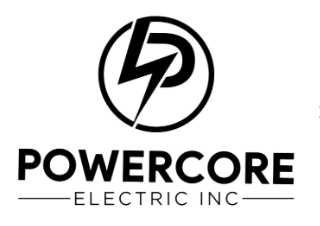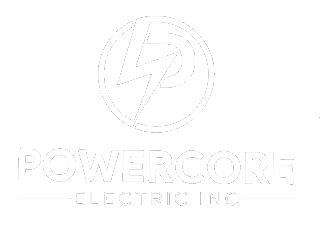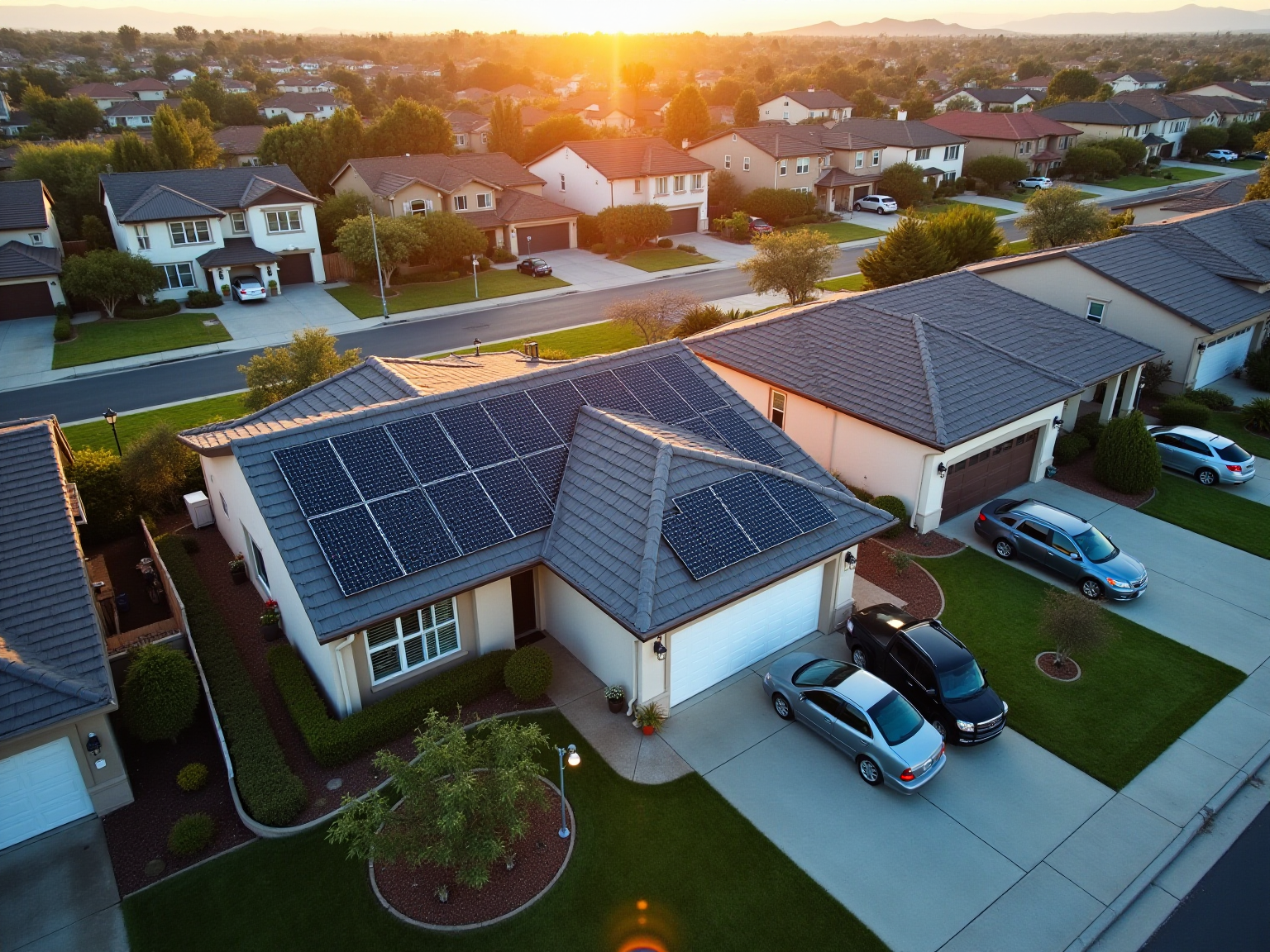Overview
We understand that the cost of a solar roof can be a significant concern for homeowners, especially when considering the ongoing expenses of energy bills. Factors such as materials, installation labor, local regulations, and available incentives all play a crucial role in determining the overall price, which typically ranges from $15,000 to over $100,000 based on the system and location. It’s common to feel overwhelmed by these figures, but it’s important to recognize the long-term benefits of investing in solar energy.
Variations in material prices, installation complexities, and regional labor costs can significantly impact the overall investment. However, these challenges come with solutions. Tax credits and local incentives are designed to make solar roofs more financially accessible, allowing you to take a step toward energy independence and sustainability. Together, we can explore these options and find a path that works for you.
As you consider this investment, remember that you’re not alone in this journey. Many homeowners have successfully transitioned to solar energy, enjoying not only reduced energy bills but also the peace of mind that comes with sustainable living. If you have questions or need guidance, please reach out. We’re here to support you every step of the way.
Introduction
The transition to solar energy is more than just a trend; it’s a significant investment that can truly reshape how you approach energy consumption and sustainability. We understand that rising energy costs can be a source of concern for many homeowners. As traditional energy prices continue to climb, considering solar roofs as a viable alternative becomes increasingly appealing.
However, we know that navigating the complexities of solar roof costs can feel daunting. From fluctuating material prices and installation labor to the impact of your location and roof type, several factors come into play.
This article will delve into the essential components that determine solar roof costs, explore various financing options and incentives available, and compare the benefits of solar roofs to traditional solar panels. By understanding these elements together, you can make informed decisions that align with your financial goals and sustainability aspirations.
Define Solar Roof Costs: Key Components and Influencing Factors
As homeowners, we often feel the weight of rising energy bills, and it’s natural to seek solutions that not only ease this burden but also contribute to a sustainable future. The expenses associated with solar panels, including how much solar roof cost, are influenced by various crucial elements, such as material prices, installation labor, and additional features like energy storage systems. The main materials, such as photovoltaic shingles or tiles, exhibit considerable price fluctuations based on brand and efficiency, with a lifespan ranging from 20 to 30 years. In 2025, the average price of solar panel materials reflects current market trends, shaped by advancements in technology and manufacturing processes.
Installation labor expenses in California are another significant factor, influenced by the complexity of the structure and local labor rates. As of 2025, homeowners can expect installation expenses to vary according to these elements, along with specific installation requirements. Moreover, local regulations, permitting fees, and available incentives play a crucial role in determining the overall expense of rooftop systems. It’s common to feel overwhelmed by specific permitting fees, which can significantly impact the total investment depending on the locality.
In Stockton, California, homeowners have access to various local energy companies that offer tailored solutions, including options for panels that perform exceptionally well on cloudy days. For instance, certain brands provide high-efficiency panels designed specifically for low-light conditions, which can be a vital factor for residents in areas with frequent cloud cover. A recent case study highlighted that property owners contemplating a Tesla Solar Roof must weigh how much solar roof cost against aesthetic advantages and reduced efficiency compared to conventional panels. Significantly, Tesla no longer produces its own energy panels and primarily installs QCells panels, an important detail that influences consumer decisions. This choice often hinges on individual priorities, such as aesthetics versus long-term savings and performance. Furthermore, property owners can explore government initiatives that offer incentives for photovoltaic installations, along with cleaning services and battery alternatives to enhance their renewable energy systems.
Understanding how much solar roof cost is crucial for property owners considering a photovoltaic system, as it empowers them to make informed choices about their investment in sustainable energy. Together, we can navigate these options and find the best fit for your needs. As Tesla emphasizes, “We take social sustainability just as seriously as environmental sustainability,” which resonates deeply with eco-conscious homeowners eager to align their values with their energy choices. Let’s work towards a greener future, one solar panel at a time.
Break Down the Cost Structure: Installation, Materials, and Labor
For homeowners concerned about rising energy bills, understanding how much solar roof cost is essential for evaluating the cost framework of a photovoltaic system. This framework can be divided into three main elements: materials, installation, and labor.
Materials: The most substantial cost arises from the shingles themselves, typically ranging from $3.80 to $7.00 per watt, influenced by brand and efficiency. For instance, Tesla’s photovoltaic tiles are priced around $15 per watt, placing them among the premium options available. In Wyoming, the average solar installation expense provides a solid reference for residents evaluating how much solar roof cost, which is approximately $35,532. Understanding how much solar roof cost is crucial for eco-conscious property owners who want to align their budget with sustainable practices.
Installation: Installation expenses can vary significantly based on the complexity of the structure and regional market conditions. Homeowners can generally expect to pay an additional $2.50 to $4.15 per watt for installation, which helps to determine how much solar roof cost. Factors such as pitch, accessibility, and potential structural adjustments can further increase these costs. A comprehensive step-by-step guide for installing solar panels can assist homeowners in navigating these complexities effectively. This guide should include evaluating the suitability of the structure, preparing the installation site, and connecting the system to the electrical grid.
Labor: Labor costs typically account for around 10-20% of the overall installation expenditure. Utilizing skilled workers is vital for ensuring the energy panel system is installed correctly, which not only prevents future issues but also enhances energy output. Homeowners should consider the long-term financial and ecological benefits of investing in skilled labor for their renewable energy projects.
We understand that for many property owners, conventional photovoltaic panels may represent a superior financial investment due to their lower installation costs and greater energy generation. However, energy tiles can significantly reduce monthly electricity expenses; when factoring in tax incentives and increases in property values, they can certainly be a wise investment, especially when considering how much solar roof cost can be balanced by these benefits. By grasping this pricing framework, property owners can assess their budgets effectively and explore funding options, including federal tax credits and local incentives, which can alleviate the overall financial strain of installing a photovoltaic system.
It’s common to feel uncertain about the financial implications, but it’s important to know that the payback period for photovoltaic systems generally spans from 5 to 15 years, influenced by factors such as energy costs, system size, and available incentives. This timeframe helps homeowners understand the long-term financial impact of their investment in photovoltaic roofs. Additionally, photovoltaic panels can significantly reduce reliance on conventional energy sources and promote sustainable practices. Together, we can work towards a more sustainable future.
Factors Affecting Solar Roof Costs: Location, Roof Type, and System Size
Many homeowners are understandably concerned about rising energy bills and the impact on their budgets. Several factors significantly influence how much solar roof cost, and we’re here to help you navigate these considerations.
- Geographical Position: The location of your home plays a crucial role in determining both the availability of sunlight and local labor costs. For instance, regions blessed with abundant sunlight may require fewer panels to achieve the desired energy output. Conversely, areas with higher labor costs will see increased installation expenses. In California, particularly in Stockton, property owners can explore nearby energy firms that offer tailored options, including premium panels designed for overcast days, ensuring maximum energy generation even in less favorable conditions. Remarkably, the typical energy system in California pays for itself in just seven years—significantly quicker than the national average of twelve years. This makes energy investments particularly appealing in this state. Additionally, by comparing various energy quotes, homeowners can save around 20% on installation fees, helping them understand how much solar roof cost and providing an opportunity to reduce expenses further.
- Roof Style: The type and condition of your roof can also significantly affect installation costs. Steep, complex roofs or those in poor condition may require additional structural support or specialized installation techniques, leading to higher expenses. Furthermore, certain roofing materials are more compatible with photovoltaic shingles, influencing overall pricing. Specialists emphasize that understanding the unique features of your roof is essential for accurate financial evaluations. As one homeowner, Peter, shared, “EnergySage was a very helpful first step for me in finding a connection with a dependable installer for renewable energy. I chose the highest-rated bid and couldn’t be happier with the process.”
- System Size: The size of the solar system directly correlates with the overall expense. Larger systems often benefit from a lower cost per watt due to economies of scale, but they do require a larger upfront investment. Homeowners must carefully balance their energy needs with their budget when considering how much solar roof cost will impact the appropriate system size. With electricity prices continuing to rise in California, the cost-saving advantages of solar energy become increasingly attractive, prompting more residents to explore these options. A case study titled ‘Impact of Rising Electricity Rates’ illustrates how escalating electricity rates in California enhance the appeal of investments in renewable energy, further supporting the argument for such solutions.
By considering these factors, you can make informed decisions regarding your solar investments. Together, we can explore the advantages of solar heating systems and the economic benefits of integrating energy-efficient solutions tailored to your specific situation. Remember, you’re not alone in this journey; we’re here to support you every step of the way.
Incentives and Financing Options for Solar Roof Installations
Homeowners often find themselves grappling with rising energy bills, and considering a photovoltaic roof installation can be a transformative step towards alleviating that financial burden. By leveraging a variety of incentives and financing options, you can significantly reduce costs and embrace a more sustainable future.
Federal Tax Credits: Starting in 2025, the federal government will offer a tax credit of 30% for photovoltaic installations. This means you can subtract this percentage from your federal taxes, providing a substantial incentive that eases the transition to renewable energy. According to EnergySage, this program has been tremendously successful, contributing to a remarkable growth of over 200% in the U.S. renewable energy sector over the past twenty years.
State and Local Incentives: In addition to federal support, many states and local authorities provide extra incentives, such as rebates and grants, to encourage the adoption of renewable energy. For example, California, which accounts for 38.9% of U.S. photovoltaic capacity and 31.7% of related jobs, offers various programs that can further lower installation expenses. It’s essential to explore the specific incentives available in your area to maximize your savings.
Financing Options: You have access to several financing avenues, including renewable energy loans, leases, and power purchase agreements (PPAs). Solar loans enable you to own your system outright, allowing you to benefit from tax credits and long-term savings. Conversely, leases and PPAs provide a way to set up renewable energy systems without upfront costs, though they may not yield the same financial benefits over time. Understanding the unique advantages and drawbacks of these financial supports is crucial to making rooftop installations more attainable and economical, especially when considering how much solar roof cost compared to conventional electricity. The typical expense of photovoltaic panels raises the question of how much solar roof cost, as it ranges from $15,000 to $25,000 before incentives, while conventional electricity costs can vary widely based on location and usage. Investing in renewable energy not only reduces your reliance on traditional power sources but can also lead to significant long-term savings on energy expenses.
Moreover, with the rise of electric vehicles, connecting a Tesla home charger with photovoltaic panels can enhance your energy efficiency and sustainability. The average cost of a Level 2 home charger installation varies from $1,200 to $2,500, depending on the complexity of the installation and local labor rates. As the renewable energy sector continues to grow, with projections estimating an increase from $189.5 billion in 2022 to $607.8 billion by 2030 at an annual growth rate of 20%, the importance of these incentives becomes increasingly clear. By 2050, it is expected that up to 36% of U.S. residential buildings will be solar-powered, highlighting the shift towards renewable energy and the vital role financial incentives play in facilitating this transition.
Together, we can navigate these opportunities to create a more sustainable and financially sound future for your home.
Comparing Solar Roofs to Traditional Solar Panels: Cost and Benefits
Homeowners often find themselves grappling with the decision of whether to invest in solar roofs or traditional solar panels, and it’s completely understandable to have questions about the best choice for your home. Let’s explore some key considerations together.
- Cost Comparison: We understand that how much solar roof cost plays a significant role in your decision-making process. Solar panels typically require a larger upfront investment. For instance, a Tesla energy panel installation can amount to around $106,000 for an average-sized house, while traditional energy panel systems usually range from $24,000 to $36,000 after relevant incentives, highlighting how much solar roof cost can vary. However, photovoltaic roofs serve a dual purpose as both roofing material and power producers, which can make homeowners consider how much solar roof cost is worth the higher expense. It’s also important to consider that net metering programs in California are becoming less favorable, potentially impacting the overall savings of photovoltaic systems. Additionally, you may want to look into government initiatives that could offer financial support or incentives for photovoltaic installations, further influencing your choice.
- Aesthetic Appeal: We understand that the appearance of your home matters to you. One of the standout features of photovoltaic roofs is their seamless integration into your home’s design, offering a visually appealing alternative to traditional panels. This is particularly important for homeowners who prioritize curb appeal and wish to preserve the aesthetic integrity of their property. The sleek design of Tesla shingles, for example, can enhance the overall look of your home while providing energy efficiency.
- Durability and Longevity: You may be wondering about the longevity of these systems. Solar installations are designed for durability, often exceeding traditional materials with guarantees lasting up to 25 years. Photovoltaic shingles typically last for 20 to 30 years, similar to conventional panels, although lifespan can be affected by installation quality and maintenance. This durability not only enhances your home’s value but also reduces the frequency of roof replacements, leading to long-term savings. Major panel manufacturers have a degradation rate of 0.4% or lower per year, which is a crucial factor to consider when evaluating performance over time. Regular maintenance and cleaning services can also help maximize the efficiency of your energy systems.
Ultimately, the choice between photovoltaic roofing and conventional panels depends on your personal preferences, financial considerations, and long-term energy goals. As Andrew Dunn, Editor in Chief, notes, “Owning your solar system is important for two reasons…” Understanding these factors is essential as you navigate your options, especially as more homeowners seek sustainable energy solutions. Together, we can find the right path for your energy needs.
Conclusion
As homeowners, we often find ourselves concerned about rising energy bills and the impact on our budgets. Embracing solar energy presents a valuable opportunity to enhance energy efficiency while promoting sustainability. By understanding the factors that influence solar roof costs—such as materials, installation, and labor—you can make informed financial decisions that align with your goals. Given that costs can vary widely based on brand and installation complexity, careful evaluation is crucial.
Key factors like location, roof type, and system size significantly influence overall expenses. If you live in a sunny region and benefit from supportive local incentives, you may enjoy faster payback periods and greater savings. Additionally, federal and state incentives can further reduce the financial burden, making solar installations more feasible and accessible.
When weighing the benefits of solar roofs against traditional solar panels, it’s important to consider not just the upfront costs, but also aesthetic appeal and long-term advantages. While solar roofs typically require a higher initial investment, they offer seamless integration into home designs and outstanding durability—qualities that can enhance your home’s value.
As the solar industry continues to grow, adopting these renewable energy solutions not only decreases utility costs but also signals a commitment to a sustainable future. By understanding the intricacies of solar roof costs and available incentives, you can confidently pursue energy independence. Together, we can work towards a brighter, more sustainable future that benefits both your finances and the environment. If you have any questions or need guidance, please reach out—we’re here to support you on this journey.


